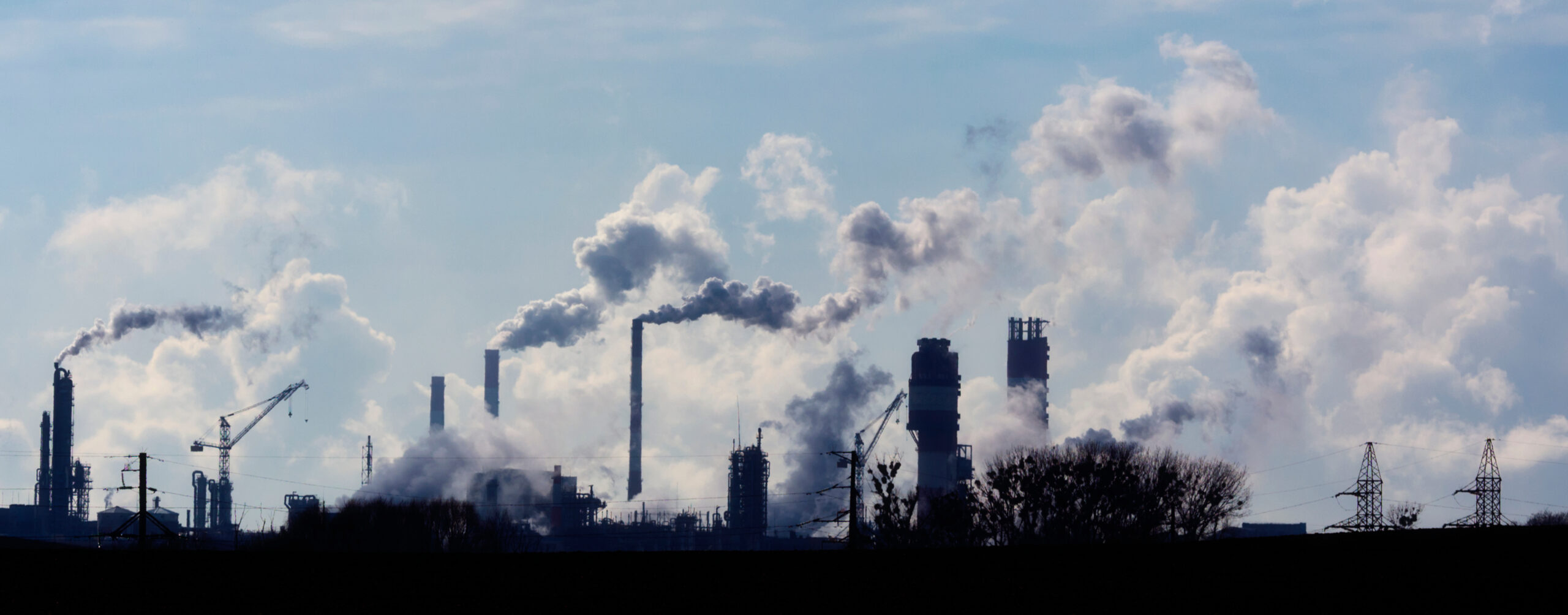Climate change is a phenomenon affecting the overall climate– including temperature, precipitation, and sea levels – of our planet. Largely induced by human activity, the Earth’s landscape is changing at unprecedented speeds. One particular facet that is proving to be especially harmful to humans is the effect climate change has on infectious diseases.
Infectious diseases are caused by pathogens, which are types of microorganisms. These include viruses, bacteria, fungi, protozoa, and worms. Out of 375 human diseases, 218 have been impacted at some point by climate change. This is 58% of infectious diseases that humans come in contact with. For instance, flooding can increase the spread of hepatitis A transmission as water and food sources may become contaminated with the virus. Individuals then consume these compromised sources, becoming infected. More so, rising temperatures may improve the life expectancy of malaria-carrying mosquitoes, and droughts can push starved rats carrying hantavirus into human-populated areas as they search for food.
Climate-related hazards may contaminate water sources and increase human interaction with harmful pathogens.
Image Source: Marcus Lindstrom
A study conducted by Camilo Mora explored ten major climate-related hazards and the potential human diseases linked to these risks. This interactive map depicts every pathway between hazard and pathogen.
While studying these relationships, Mora observed four manners in which climate influences pathogen risk: (1) climate-related hazards bring pathogens closer to people, (2) climate-related hazards bring people closer to pathogens, (3) climate-related hazards enhance pathogens, and (4) climate-related hazards weaken the body’s ability to manage pathogens. Pathogens are brought closer to people as alterations in temperature change the distribution patterns of animals and mosquitoes carrying the diseases. Additionally, heavy precipitation and flooding can extend breeding grounds for mosquitoes, increasing the probability of their interaction with humans. It was also found in particular cases that pathogens’ ability to cause severe illness was bolstered due to rising temperatures. Thus, viruses can become more resistant to heat, resulting in improved adaptability to human fever. Lastly, as climate change alters the quality and quantity of food and water, people face malnutrition, thereby reducing their capacity to fight off pathogens as they struggle with a less effective immune system.
This increase in human vulnerability is subject to the ongoing emissions of greenhouse gases. In an effort to mitigate these risks, humanity needs to reduce its negative impact on the world’s climate. These climate hazards exacerbated human infectious diseases and our ability to combat them, highlighting the urgency behind this issue. Together, we can confront these hazards by minimizing our greenhouse gas emissions, prioritizing energy-efficient methods, and educating others to help make a difference.
Featured Image Source: Vital










